Are you thinking about importing wholesale electronics from China? It’s essential to do some research. Since things change at fast pace especially in electronic industry, it makes sense to have a good grasp on the market. That’s why we’ve compiled this guide about importing wholesale electronics from China.
Table of Contents
I. Why import China wholesale electronics?
As technology advances to benefit our lives, electronics have become our life necessities. Do you know the annual turnover of electronics is as high as US$20.6 billion?
China’s still the default factory to the world, and for the most part can manufacture some fantastic electronics to import, at lucrative profits that can build a successful and sustainable business.
II. Where’s the manufacturing hub for electronics in China?
Shenzhen, the city adjacent to Hongkong is the world’s assembly hub for any gadget that can speak, display, light, track and read. It has such a dominant place in electronics manufacturing in China that a quick search on Google or Alibaba you’ll find most of the electronic suppliers are based in Shenzhen.
It might seem biased at the beginning if we claim that we seldom consider suppliers outside Shenzhen or the neighboring city Dongguan for electronic purchase. It’s true Foxconn is taking a different approach and has manufacturing plants in Henan, but for large electronics manufacturers like Foxconn they play completely in a different league. The greatest advantage of Shenzhen lies in its unbeatable ecosystem of component manufacturers and assembly plants, which means the assembly plants can source and buy components much fast. Check the following YouTube video on how he made an iphone with components from electronic markets in Shenzhen.
How to get to Shenzhen?
By air direct to Shenzhen: the nearest airport is Shenzhen international airport.
Hongkong to Shenzhen: Travelling from Hongkong to Shenzhen is simply a breeze as the two cities are well connected with pubic transportation. A hop on the metro in the direction of Lo Wu or Lok Ma Chau will take you to Shenzhen within an hour. For citizens in some countries, you might not need a visa to Hongkong, but keep in mind that you will need a visa for China before you can cross Hongkong-Shenzhen boarder.
Guangzhou to Shenzhen: the easiest and fastest way is by train. Everyday there’re express trains every 10-15 minutes starting from around 6:00am to 23:0pm between the two cities. It takes an hour and a half from Guangzhou/Guangzhou East to Shenzhen (Luohu), while the train from Guangzhou South to Shenzhen North just takes about 40 minutes.
Essential tips
- Book tickets in advance. Sometimes the tickets run out very fast especially during weekends, golden weeks, etc, it’s suggested to book tickets at least one day ahead. PS: For foreigners without Chinese ID cards, you might have to book directly from the ticket office or agents. The app used to book train tickets in China is named 12306, as we tried booking many times before for our friends (Not Chinese citizens), sometimes it worked, sometimes it didn’t as we were reminded to validate the passports in the ticket office.
- Leave enough time to collect tickets from ticket office. For Chinese ID card holders, collecting tickets is simply a breeze as everything can be done from the machine within few minutes. However, for foreigners you would have to collect from the ticket office where there’s usually a long queue. It’s suggested to leave enough time for collecting tickets. From our experience arriving half an hour before the train worked perfectly most of the time, however, there were twice while we collected the ticket from ticket office, some ignorant people queuing ahead of us took like 20 minutes so we missed our train. Even though, don’t panic. You can hop on the next trains on the same day, but you would not have seats.
III. Regulations of importing electronics into EU and US
Finding China electronic suppliers complying with the regulations of EU and US markets is not an easy task. Many import and export gurus might warn you to stay away from electronics coz of strict regulations, high returns or defective items. However, the irresistible part lies in the high profit margin that’s insanely higher than normal household products. First, let’s have a look at what regulations are required in Europe and US.
European Union
CE
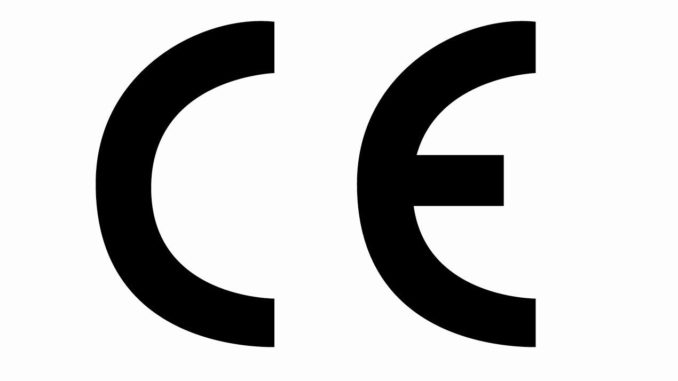
CE marking is the minimum marking you must have for importing into Europe. It’s mandatory as it basically confirms that your products are produced according to European standards.
GS

GS, standing for “Gepruefte Sicherheit”, is a long established quality seal commonly known especially in Germany with much stricter requirements than CE marking.
R & TTE
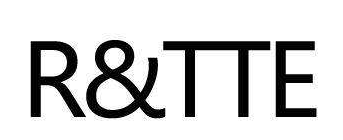
R & TTE targets mostly products using radio transmitting technique, i.e., Bluetooth products, wifi, smart phone, etc. The requirements of R & TTE are usually covered within CE or GS certifications.
LVD
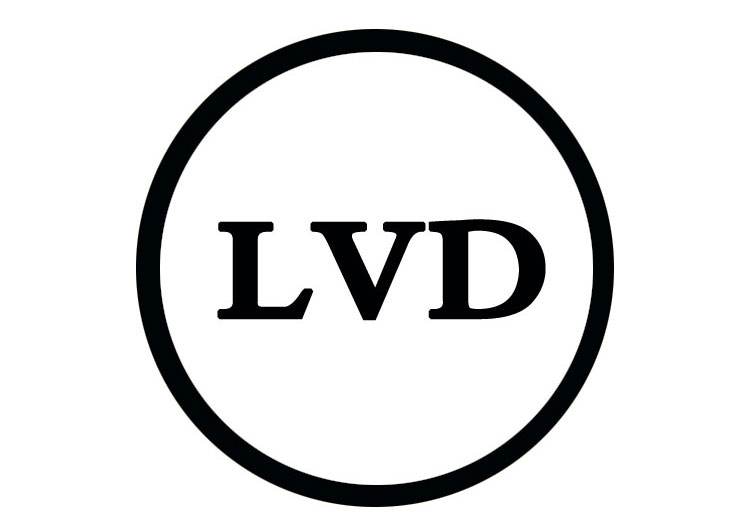
Different from other markings, the Low Voltage Directive doesn’t provide any specific technical standards that must be reached. Rather, IEC technical standards are used to guide towards producing safe products. Products complying with LVD standards are usually marked with CE, applicable to electrical products with a voltage at input or output terminals between 50-1000 volts(alternating current) or 75-1500 volts(direct current).
EMC
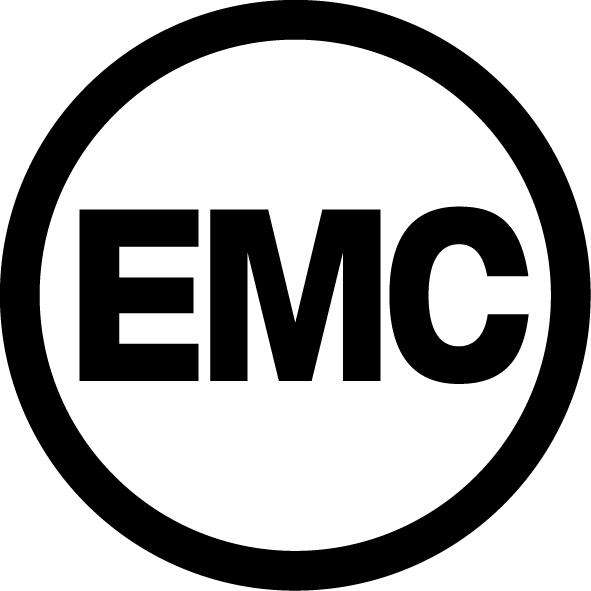
EMC, short for Electro Magnetic Compatibility, regulates that the electronic devices shouldn’t interfere with other products. EMC testing is sometimes included in CE or GS certificate. Electronic devices manufacturers should run EMC tests to see whether the products comply with the regulations of distributing within European Union.
RoHS
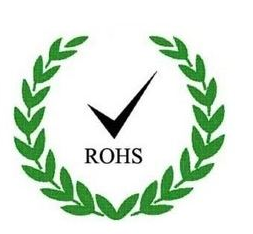
“Restriction of Hazardous Substances(ROHS)” regulates incoming raw materials used in manufacturing electric devices, usually six substances are allowed within the product: Lead, Mercury, Cadmium, Chromium, PBB and PBDE.
REACH Directive
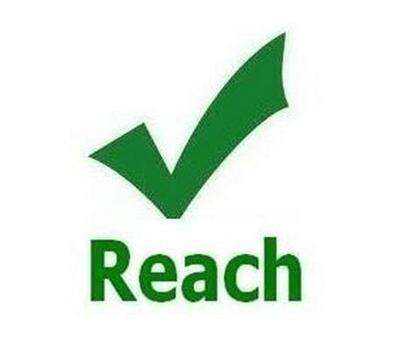
REACH Directive is normally considered as an upgraded marking of RoHS as it lists detailed regulations on more substances and chemicals on different phases in manufacturing.
WEEE Directive
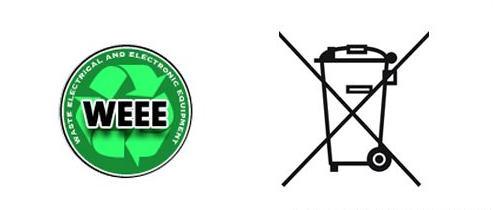
The Waste Electrical and Electronic Equipment Directive marking should be put on the packaging of the products as it’s mandatory.
US
The regulations for electronics in the United States are much looser while compared to those in Europe. However, loose regulation doesn’t mean it’s not necessary, instead, it’s mandatory to comply with all the regulations if you don’t want to cause any problems.
- FCC
- UL
- ROHS
FCC

FCC certificate regulates electronic devices using radio transmission technology, i.e., Bluetooth, radio devices, smart phones, WIFI speakers, other WIFI devices.
UL

UL is a certificate that consumers appreciate on some products if you focus on retail. It certifies your products based on several standards.
ROHS

ROHS is also recognized in the US. For more about RoHS certificate, please refer to the one above(RoHS certificate in Europe).
IV. 10 Questions to ask yourself before importing from China
- Do the electronic products comply with the regulations in your market?
- Can the factory provide certificates required by your market?
- Does the factory offer OEM service for private label electronics?
- Do they offer prototyping service? How long and how much?
- What’s the lead time for production?
- What’s the process of their quality control management?
- Do they accept third-party quality inspection before shipping?
- How do they deal with defective products?
- What’s their returning policy?
- What are the terms of payment?
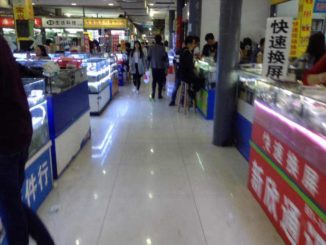

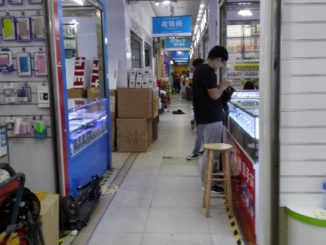
hi
Please WhatsApp me on +256750793972